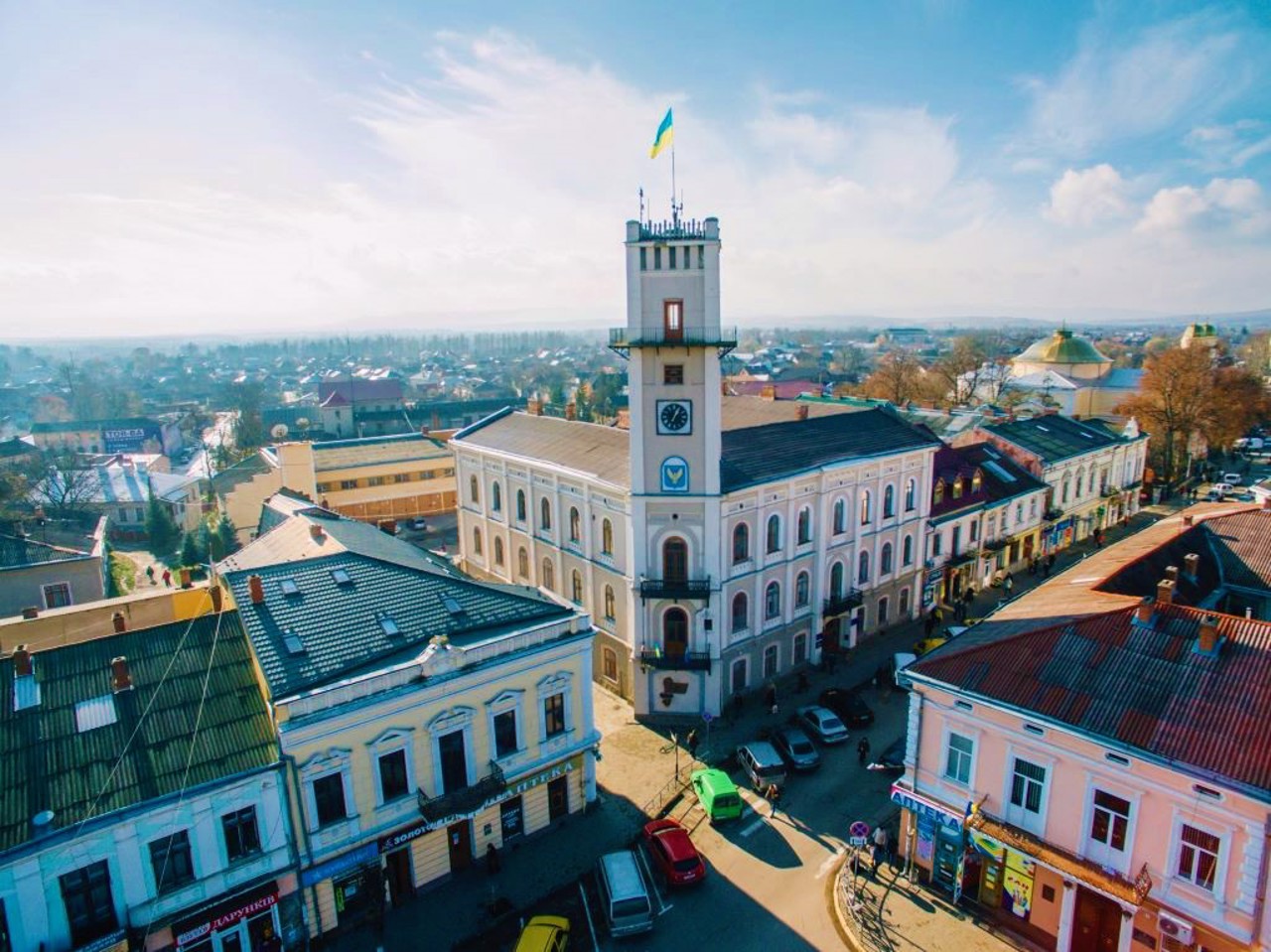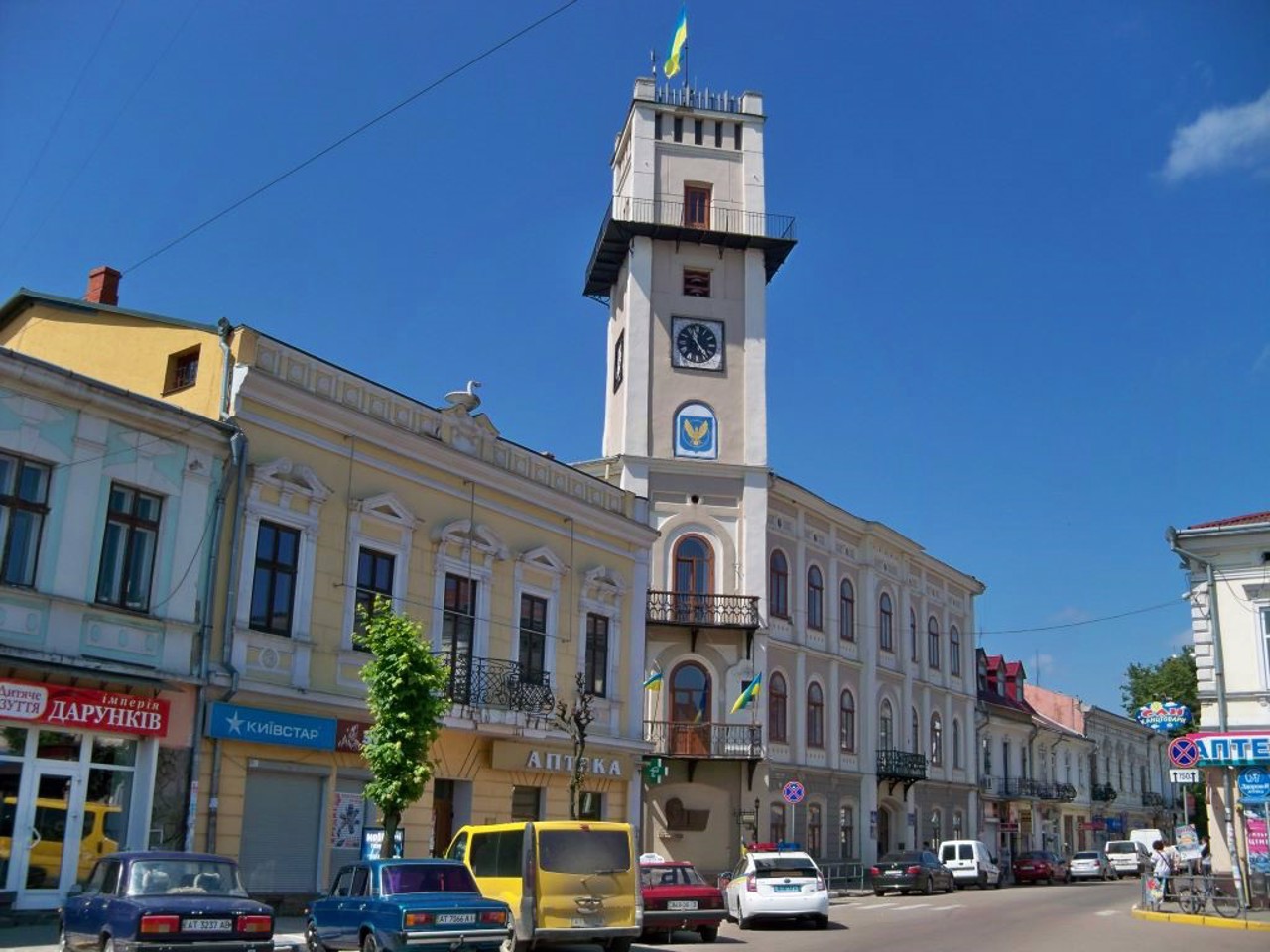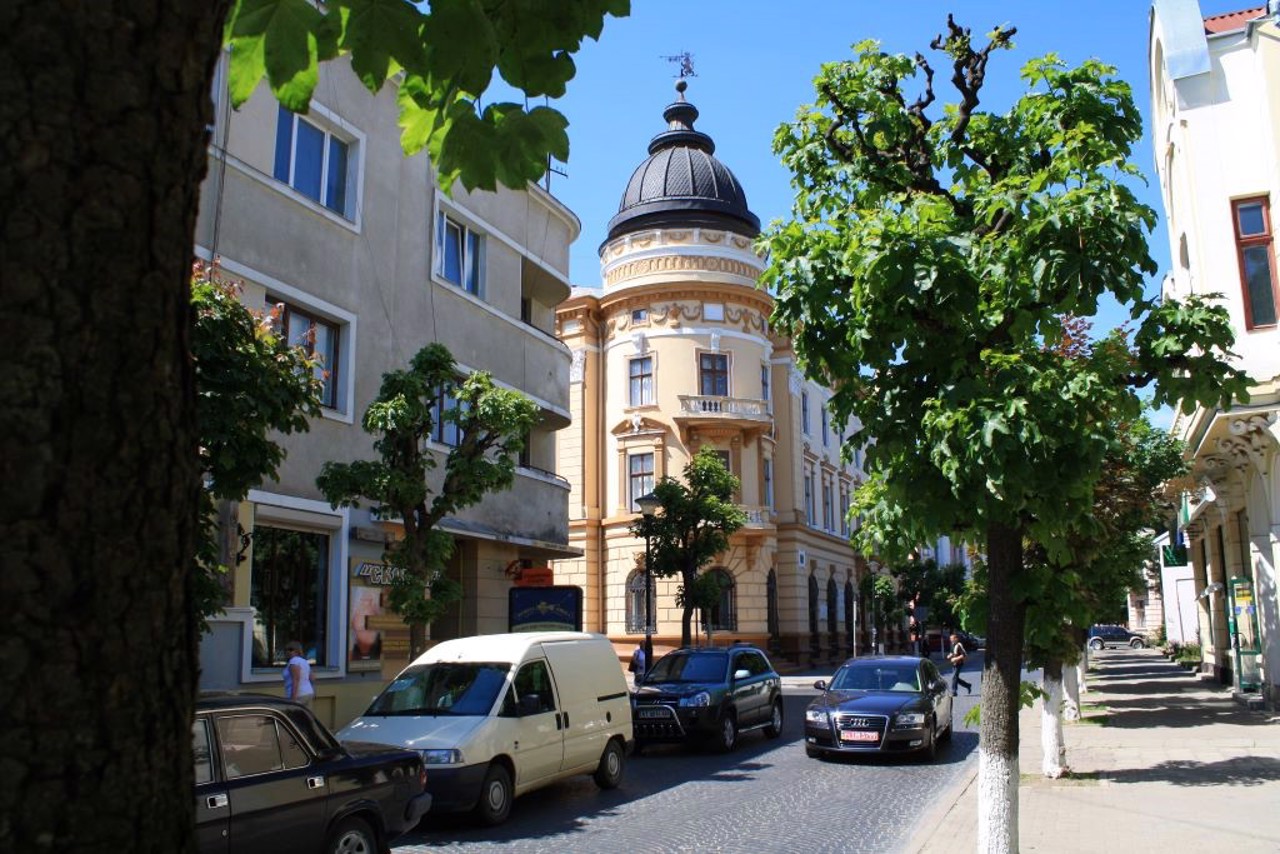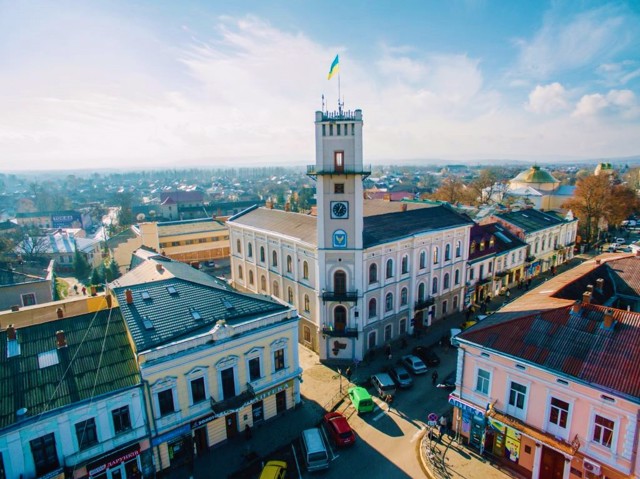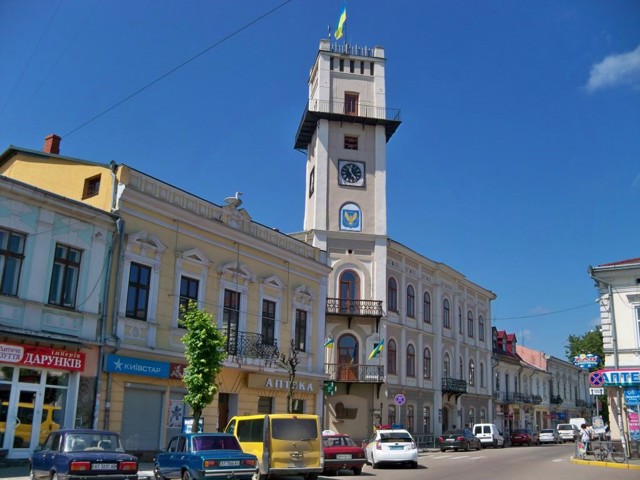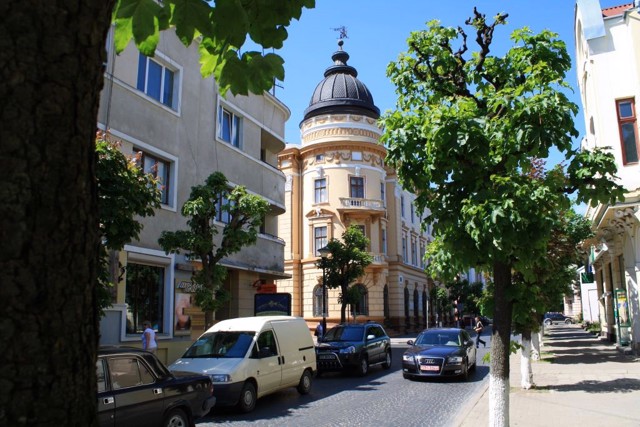Functional temporarily unavailable
General information about Kolomyia
The ancient city of Kolomyia on the left bank of the river. Prut is one of the most beautiful regional centers in Ukraine, the informal capital of Pokuttya. The first written mention - in 1240.
There are many versions about the origin of the name: the settlement "Kolo Myia" (near the Prut), the Latin Colony, etc. Initially it was a guard fortress on the borders of the Galicia-Volyn principality, and in the XIV century. a Polish defensive castle appeared (located in the area of the present town hall), which was repeatedly attacked by the Tatars and Vlachs.
In the XVII-XVIII centuries the population of Kolomyia took part in the sprout movement. Town planning flourished in Austrian times, when the city was enriched with many architectural monuments in the secession st ...
The ancient city of Kolomyia on the left bank of the river. Prut is one of the most beautiful regional centers in Ukraine, the informal capital of Pokuttya. The first written mention - in 1240.
There are many versions about the origin of the name: the settlement "Kolo Myia" (near the Prut), the Latin Colony, etc. Initially it was a guard fortress on the borders of the Galicia-Volyn principality, and in the XIV century. a Polish defensive castle appeared (located in the area of the present town hall), which was repeatedly attacked by the Tatars and Vlachs.
In the XVII-XVIII centuries the population of Kolomyia took part in the sprout movement. Town planning flourished in Austrian times, when the city was enriched with many architectural monuments in the secession style. Significant contribution to the national revival in the early XX century belongs to the father Yosyp Kobrynsky.
The city is famous for its masters of ceramics and folk songs - kolomyikas. The old center has been restored. Tourists are attracted by the Pysanka Museum, which is unique in its architecture and exposition. The city is often called the "Gateway of the Carpathians" because one of the routes to Yaremche passes through it.
Старовинне місто Коломия на лівому березі ріки Прут - один з найкрасивіших райцентрів в Україні, неформальна столиця Покуття. Перша письмова згадка - 1240 рік.
Є багато версій про походження назви: поселення "коло Мия" (біля Прута), латинська Колонія тощо. Спочатку це була сторожова фортеця на кордонах Галицько-Волинського князівства, а в XIV столітті з'явився польський оборонний замок (знаходився в районі нинішньої ратуші), який неодноразово піддавався нападам татар і волохів.
У XVII-XVIII століттях населення Коломиї брало участь в русі опришків. Розквіт містобудування припав на австрійські часи, коли місто збагатилося багатьма пам'ятками архітектури в стилі сецесії. Значний внесок у національне відродження на початку XX століття належить отцю Йосипу Кобри ...
Старовинне місто Коломия на лівому березі ріки Прут - один з найкрасивіших райцентрів в Україні, неформальна столиця Покуття. Перша письмова згадка - 1240 рік.
Є багато версій про походження назви: поселення "коло Мия" (біля Прута), латинська Колонія тощо. Спочатку це була сторожова фортеця на кордонах Галицько-Волинського князівства, а в XIV столітті з'явився польський оборонний замок (знаходився в районі нинішньої ратуші), який неодноразово піддавався нападам татар і волохів.
У XVII-XVIII століттях населення Коломиї брало участь в русі опришків. Розквіт містобудування припав на австрійські часи, коли місто збагатилося багатьма пам'ятками архітектури в стилі сецесії. Значний внесок у національне відродження на початку XX століття належить отцю Йосипу Кобринському.
Місто славиться майстрами кераміки та народними пісеньками - коломийками. Старий центр відреставрований. Туристів приваблює унікальний за архітектурою та експозицією Музей писанки. Місто часто називають "Воротами Карпат", оскільки через нього проходить один з маршрутів на Яремчу.
Сплануй своє перебування у Kolomyia
What to see and where to go in Kolomyia
Tourist attractions and museums of Kolomyia
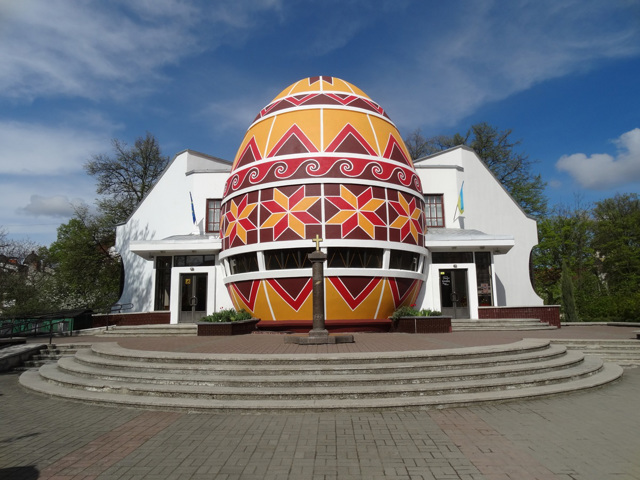
"Pysanka" Easter Painting Museum
Museum / gallery
The world's only museum of Easter egg painting "Pysanka" presents in Kolomyia a unique collection of traditional Ukrainian miniature painting on Easter eggs.
Is a branch of the National Museum of Hutsulshchyna & Pokuttya Folk Art in Kolomyia.
The museum building is made in the form of a huge Easter egg 13 m high (2000). The collection includes 10,000 works representing the traditions of Easter painting in all regions of the country. Works by masters from Poland, the Czech Republic, Romania, Slovakia, Western Europe and America are also presented. Traditionally, the first persons of the state who visit the museum leave their autographs on Easter eggs.
There are master classes on Easter painting.
A wide selection of original handmade Easter eggs, including an ostrich egg, is presented in the souvenir shop of the Easter egg painting museum "Pysanka".
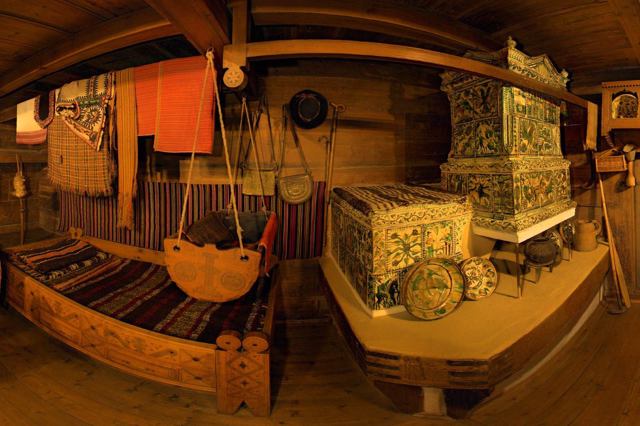
Hutsulshchyna and Pokuttya Folk Art National Museum
Architecture , Museum / gallery
National Museum of Hutsulshchyna and Pokuttya Folk Art named after Yosaphat Kobrynskyi is located in the premises of the former People's House, built in 1902 at the expense of the Ukrainian community of the Kolomyia.
The museum building in the Viennese Neo-Renaissance style was designed by local architects who studied in Krakow.
The creation of the People's House with a theater and museum in 1880 was initiated by the local priest Yosaphat Kobrynsky, who played an important role in the formation of Ukrainian national identity in Pokuttya.
The museum was opened in 1926 by the efforts of his nephew Volodymyr Kobrynskyi, having survived the difficult Polish period, the German occupation, Soviet repression and post-perestroika devastation.
Currently, the collection of the National Museum of Folk Art of the Hutsulshchyna and Pokuttya includes 50 thousand exhibits, representing all types of traditional folk art of the Hutsuls and residents of Pokuttya: wood carving, blacksmithing, pottery, weaving, embroidery, etc. Widely presented samples of traditional clothing of mountaineers, Hutsul jewelry made of non-ferrous and precious metals, weapons opryshki and others.
There is a permanent exhibition of tapestries by Mykhaylo Bilas.
Branches of the National Museum of Hutsulshchyna & Pokuttya Folk Art are the Museum of Easter Painting Museum "Pysanka" in Kolomyia, the Kosiv Museum of Folk Art and Life of Hutsul Region, the Carpathian Region Ethnography and Ecology Museum in Yaremche, Shukhevych Family Manor-Museum in Tyshkivtsi.
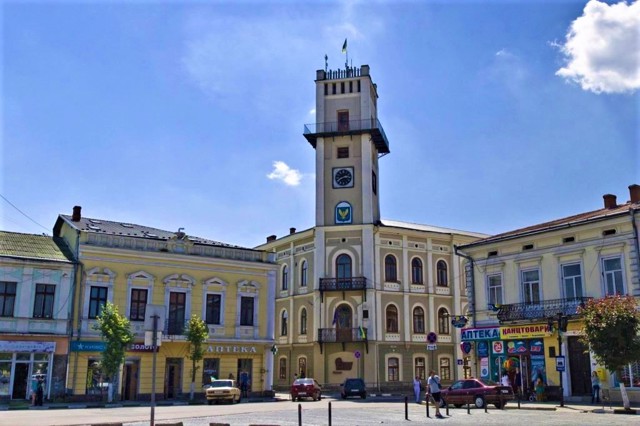
Kolomyia City Hall
Architecture
The building of the Kolomyia City Hall is located in the corner of the market square, facing away from other buildings. The 33-meter-high clock tower of the city hall dominates the low-rise buildings of the central part of the city.
The three-story building of the city magistrate of Kolomyia was built in 1877 on the site of the burned down wooden town hall. Made in the neo-renaissance style. The tower bears the coat of arms of the city and chimes with three dials. In 1880, Ivan Franko spent several hours under arrest in the premises of the city hall, who was detained by the gendarmerie post for violating the passport regime.
As in the old days, the premises are now occupied by the city government - the Kolomyia City Council is located here.

Saint Archangel Michael Cathedral
Temple , Architecture
The Greek-Catholic Cathedral of Saint Archangel Michael was built in Kolomyia in 1855 on the site of an ancient Dominican monastery and a holy spring.
A bell tower was built in 1871. Since that time, the appearance of the "Ruska Church" (Rus, Ruthenian, that is, Ukrainian) has practically not changed.
The authors of the original iconostasis and images were the famous Ukrainian artist Kornylo Ustiyanovych and the Hungarian artist Miklosh. Interior paintings were done by local artist Valerian Krytsinsky.
Several ecclesiastical brotherhoods were active at the temple of Archangel Michael.
During the Soviet rule, Saint Michael's Church was handed over to the Orthodox community of Kolomyia, but in 1990 it was returned to the Greek Catholics. The restoration was completed in 1996.
Across the road from the back side of the cathedral, a life-giving spring flows, which has preserved the ancient name "Klyashtor" (monastery). Its water is considered healing. Every year on Epiphany, the spring is consecrated.
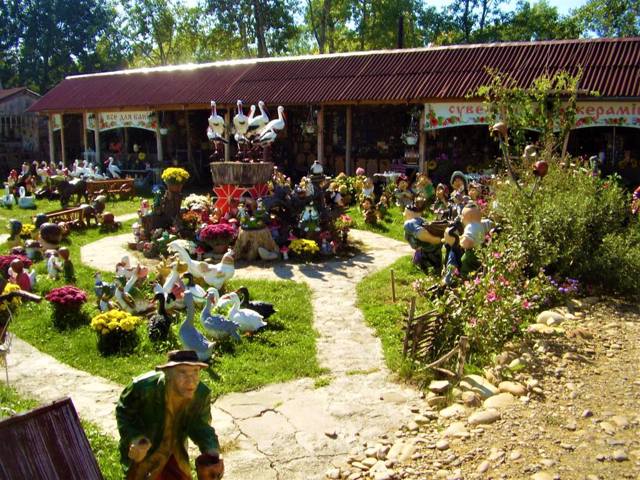
Souvenir Market "Kolomyia"
Entertainment / leisure
Souvenir market "Kolomyia" is located on the bypass road of the city.
Brightly decorated shopping area, covered wooden shopping pavilions.
Here you can buy unique products of folk craftsmen from leather, fur, ceramics, wood and metal.
Kolomyia on photo and video
Reviews Kolomyia
Geographical information about Kolomyia
| {{itemKey}} | {{itemValue}} |
|---|---|
| Region |
Ivano-Frankivsk |
